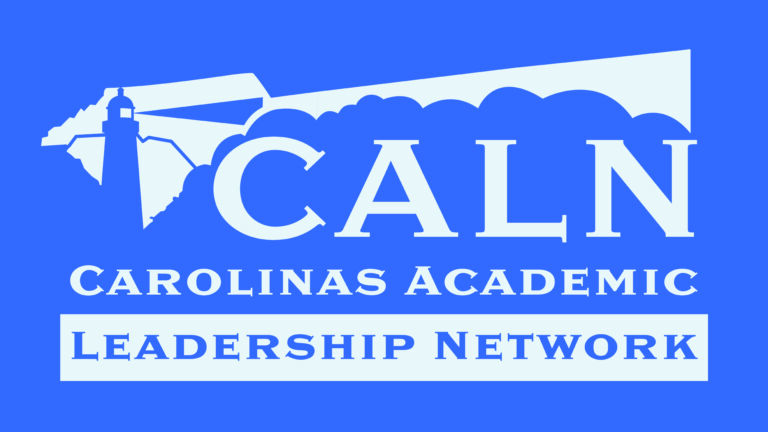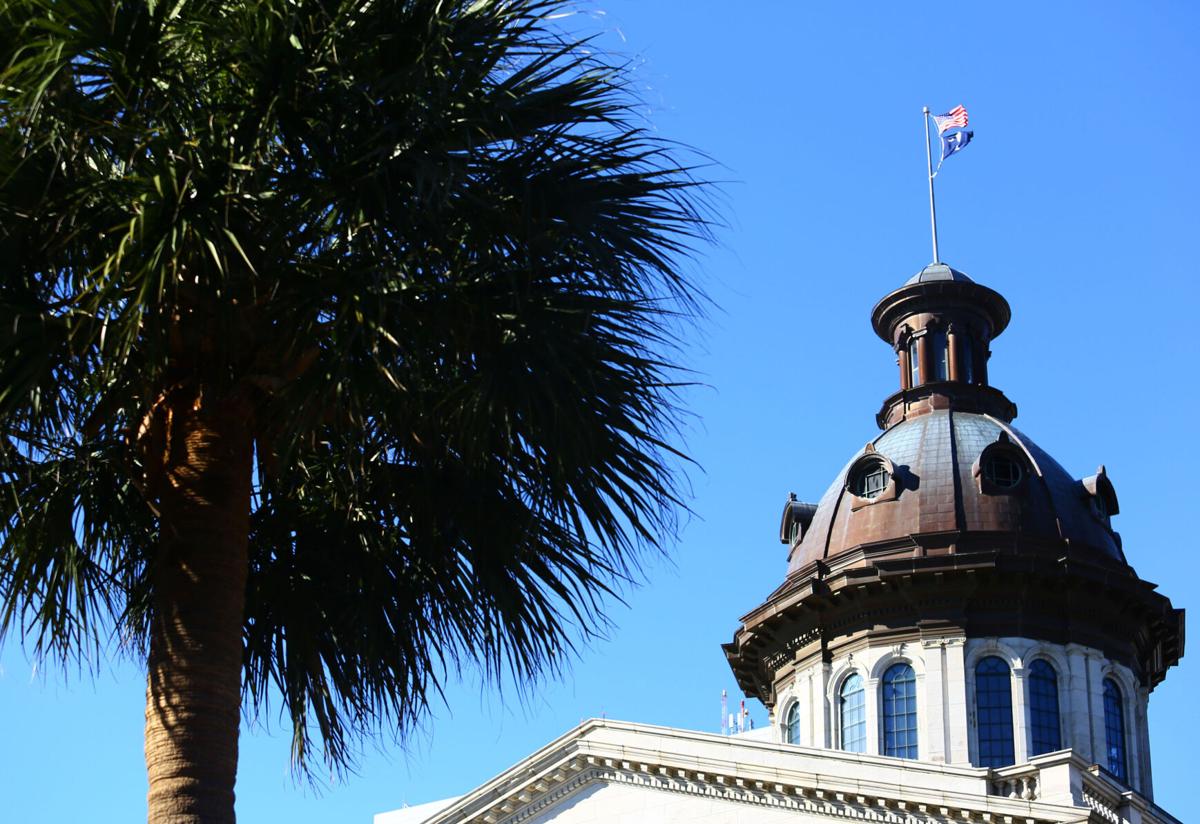Reforms Expanding Parental Choice In Education Continue To Advance In State Capitals
Americans for Tax Reform’s Patrick Gleason writes in Forbes about South Carolina’s ESA bill, citing Palmetto Promise’s research on ESAs.
2021 saw governors and lawmakers in 19 states enact legislation to either create or expand school choice programs. Even with that progress, there continues to be heightened demand in state capitals for reforms that provide parents and their children with more education options. One month into 2022, legislation to expand school choice has been introduced in 27 state legislatures.
In South Carolina, for example, state lawmakers are currently debating S.935/H.3976, legislation that would provide families with income below 200% of the poverty line access to education scholarship accounts whose funds can be used to send their child to the private or public school that best suits an individual kid’s unique needs. For legislators in South Carolina, as in other states, the pandemic demonstrated the need for greater school choice and programs that provide parents with options. “We saw and are seeing during this pandemic that one size doesn’t fit all students,” said South Carolina Representative Jason Elliott (R), who is sponsoring the ESA bill in the South Carolina House. Representative Elliot says that enactment of his bill “would mean for individual families, there would be a savings account, an online-type savings account that the parent or guardian would be in charge of and the state portion of the per-pupil funding — which would be about $5,000 to $6,000 per student — would go into that account and would enable the families to decide where that money goes.”
The South Carolina ESA bill, as with similar parental choice-expanding reforms introduced in other states, has run into fierce resistance from public school teachers unions and their allies. As they have in other states, ESA opponents portray the South Carolina proposal as a drain on public schools.
“As is usually the case, the ESA funds are made up of the money that the state would have given to the student’s home public school,” wrote Peter Greene, an opponent of ESAs and other school choice programs, in a January 10 Forbes article. “However, should the student decide to drop out of the voucher program and go back to public school, any left over money will go back to the state program account. Once the public school loses that money, they never get it back, even if they get back the student that the money was supposedly following.”
What Greene fails to mention is that when a student uses an ESA to leave a public school for a private school, the public school doesn’t lose all the funding associated with the departed pupil. As such, when a student uses an ESA to attend a private school, the public school they left behind actually ends up with higher per-pupil funding that before. The problem with Greene’s argument, explains Corey DeAngelis, national research director at the American Federation for Children, “is that public schools financially benefit when they lose students to school choice competition.”
“Public schools are only partially funded based on enrollment counts, meaning they can keep substantial amounts of funding for students who leave to private schools,” writes DeAngelis. “Imagine if Kroger were able to keep large portions of your grocery funding each week even after your family started shopping at Trader Joe’s.”
The Washington Post published an article on January 30 echoing Greene’s sentiment, claiming that reforms providing and expanding parental choice in education “could further weaken traditional schools.” Yet parental choice proponents counter such claims by pointing to 27 studies examining how private school choice programs affect public schools, of which 25 found that public schools have better outcomes in places where there are parental choice programs.
Greene, who derides ESAs as “a payout” to parents, writes that ESA programs end up “leaving parents on their own to navigate a market that may or may not welcome their child.” What that argument misses is the fact that there is demand for ESAs because parents want that access to a market of education options from which to choose, as opposed to the status quo where there is no such market and kids are assigned to a single school based on the neighborhood in which their parents can afford to live. Many private and parochial schools have made clear they stand ready to expand operations and service should ESA legislation be enacted in South Carolina.
“Like every other school in our state, our Catholic schools suffered due to the pandemic,” said Maria A. Aselage, director of media relations for the Roman Catholic Diocese of Charleston. “Despite the many challenges, faculty and staff continue to provide a quality education in a Christian environment. ESA funds will give parents the option to send their child or children to the school of their choice regardless of their ability to pay. We support any legislation that empowers low-income families.”
The Palmetto Promise Institute (PPI), a Columbia-based think tank, explains how the education scholarship account legislation now pending in South Carolina is modeled after the Arizona education savings account (ESA) program, which has been in place for a decade, providing a record that can been objectively analyzed and is proven to withstand legal challenge:
“The Arizona model is the premier model and the rubric for South Carolina’s S.935/H.3976. Arizona’s ESA program is strong, constitutional, and growing,” notes PPI. Commenting on the legislation, Ellen Weaver, PPI’s founding President shared, “ESAs are truly the most parent-controlled, flexible, accountable form of private school choice that exists. An ESA program could transform the live of children across the Palmetto State, just like it has done for students in Florida and Arizona for well-over a decade now. The research is clear: choice empowers parents and teachers and creates new hope and opportunity for students.”
Parental Choice Provides Greatest Benefit To Low and Middle Income Households
Opponents of ESA programs try to portray them as a handout, or “payout” that benefits households who don’t need it. Yet, as Alison Heape, a South Carolina public school teacher, explained on the pages of the Charleston Post-Courier, ESAs provide the greatest benefit to children in low-income households, since high-income parents already exercise school choice by purchasing homes in good school districts or paying out of pocket for private school tuition.
“High-income families have opportunities that low-income families do not; South Carolina’s education system will not be equitable until disadvantaged children have access to a full range of educational providers, public and independent, like children in wealthy families do,” writes Heape, an elementary music teacher in Greenville County public schools. “Every step toward this goal evens the playing field; this is why, as a public school teacher, I support H.3976.”
Heape also points out how claims that ESA are insufficient are not based in fact. “As for affordability, an appeal was made to a common misconception that tuition at South Carolina independent schools costs more than $20,000 a year,” notes Heape. “While a handful of schools do charge that much, even a modest education scholarship account of $5,000 would nearly cover the approximately $5,200 median tuition cost found across the vast majority of South Carolina’s independent schools.”
In addition to empowering parents and their children with more options, school choice programs — be it ESAs, vouchers, or tax credit scholarship programs — have a proven ability to free up scarce taxpayer resources while providing kids with better education options. Through FY 2018, state school choice programs have yielded somewhere between $12.4 billion and $23.8 billion in net savings for state and local taxpayers, according to a report on the fiscal effects of school choice programs produced by EdChoice. That represents taxpayer savings between $3,300 and $7,500 for each student participating in school choice programs. EdChoice’s analysis, which studied 40 private educational choice programs cross 19 states, found that each dollar spent on school choice programs produces $1.80 to $2.85 in taxpayers savings.
ESA bills garner intense resistance from teachers unions and Democratic politicians in a way that analogous government programs do not. “We already fund students directly when it comes to Pell Grants and the GI Bill for higher education,” writes DeAngelis. “With each of these programs, the funding follows the student to the public or private, religious or non-religious, higher education provider of their choosing. The same goes for taxpayer-funded pre-K programs such as Head Start. We already fund individuals directly when it comes to other taxpayer-funded initiatives such as food stamps and Medicaid…We don’t force low-income families to spend their food stamp dollars at residentially assigned government-run grocery stores. Instead, families are allowed to choose to take the funding to Walmart, Trader Joe’s, Kroger or just about any other provider of groceries. We should apply the same logic to K-12 education and fund students, not systems.”
Aside from proven taxpayers savings and the fact that ESAs operate much like other, uncontroversial government programs, ESA proponents point to polling that shows parents are demanding more school choice. In fact, the latest Morning Consult polling on public opinion around choice in education finds that minority parents are very supportive of reforms that expand school choice.
“Among school choice policies, school vouchers are typically the most popular with Black parents and have consistently floated around 80% support since our data collection started back in February,” writes EdChoice’s Colyn Ritter about the latest Morning Consult poll, which was commissioned by EdChoice. “In our polling of the general population, the support for vouchers is 15 percentage points lower (65%) than that of Black parents (80%). Education savings accounts (ESAs) remained popular among Black parents, polling at 78% support. Nearly half of Black parents expressed strong support for ESAs and vouchers.”
Given such high levels of support for ESAs, vouchers, and other parental choice expanding reforms, teachers unions should expect the introduction of school choice expanding legislation in state capitals to continue. Rather than continue to fight reforms that would give parents more options, teachers union lobbyists may want to consider instead adopting the approach taken by Alberto Carvalho, the former superintendent of Miami-Dade public schools, who embraced the push for school choice that began during Jeb Bush’s time as governor. “Rather than complain about the incoming tsunami of choice,” explains Carvalho, he and his colleagues decided that, “we’re going to ride it.”






